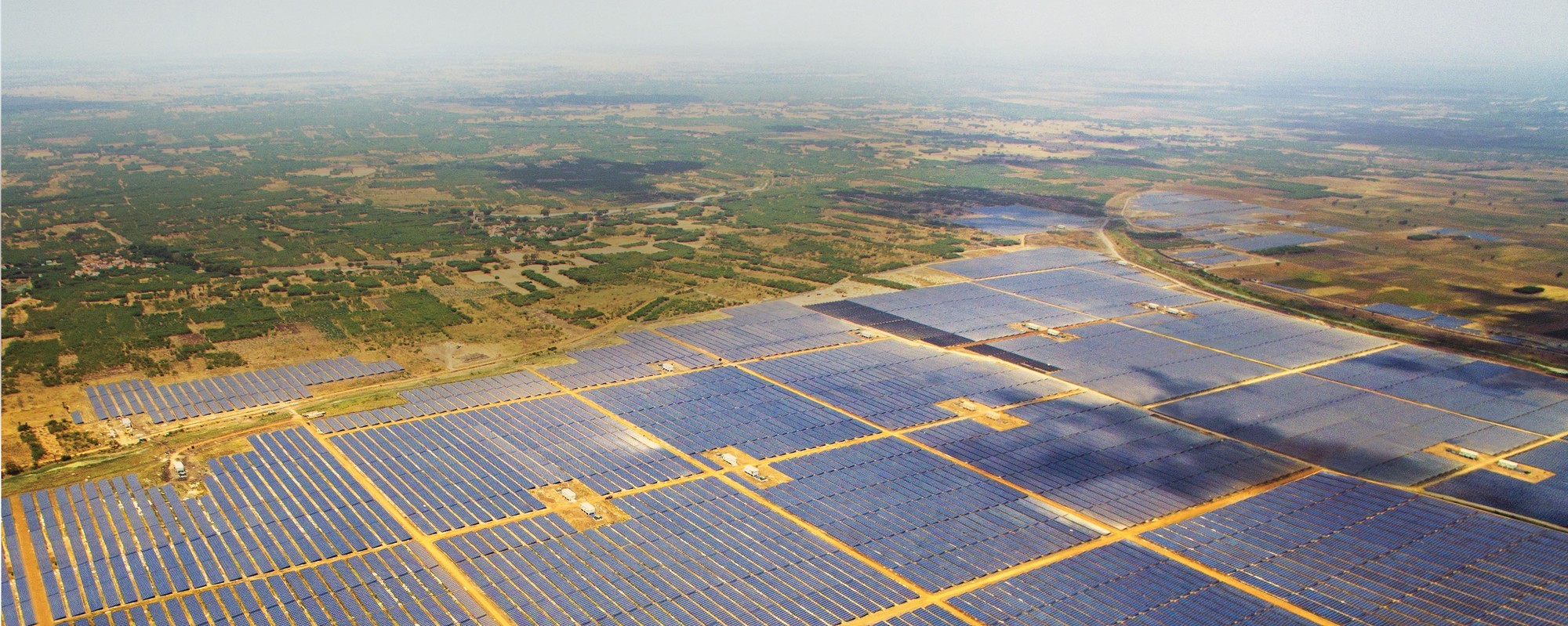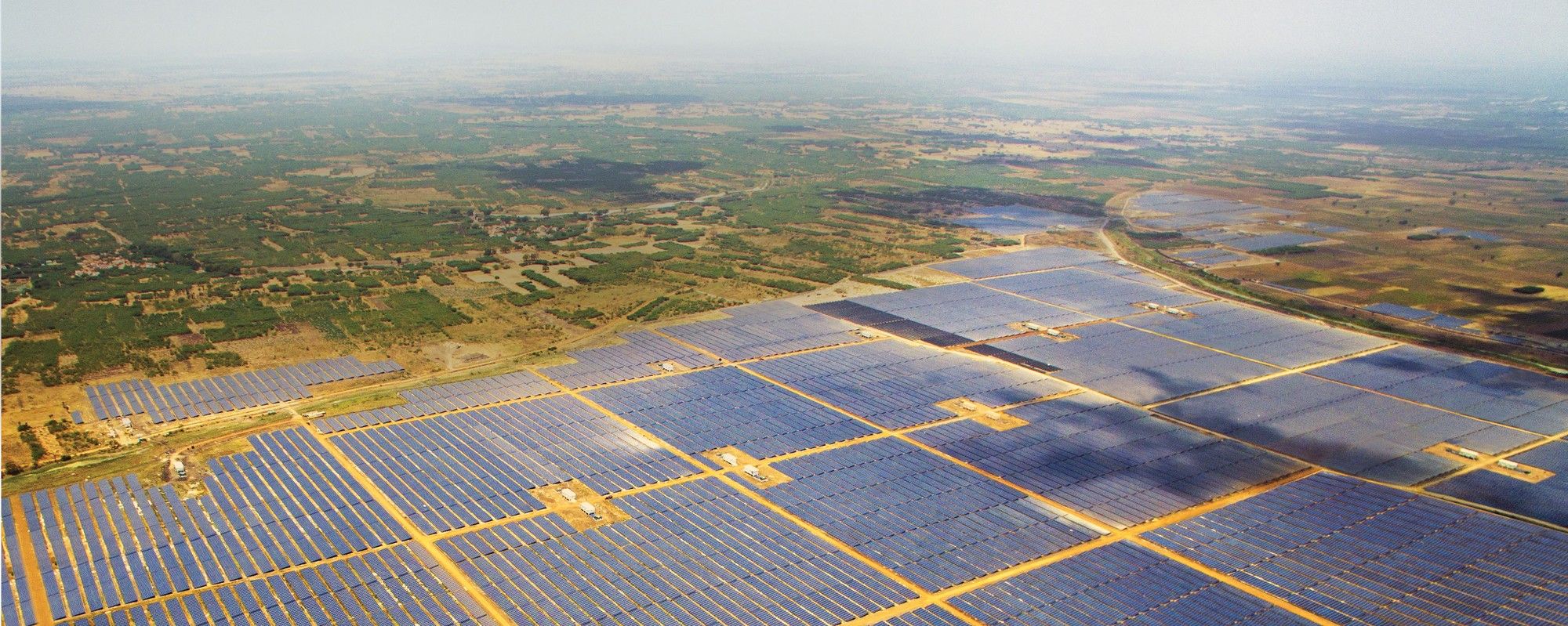

The Indian state of Tamil Nadu is now home to the world’s largest
solar power plant, according to local reports.

The massive, 648-megawatt array was officially linked to the grid after being hooked up to a 400kV substation, the operator
Adani Green Energy Ltd announced Wednesday.
The plant is spread across 2,500 acres in the town of Kamuthi in the Ramanathapuram district and will supply enough clean, green energy for 300,000 homes.
The
Deccan Chronicle reported that the $679 million solar park consists of 380,000 foundations, 2.5 million solar modules, 576 inverters, 154 transformers and 6,000-kilometers of cables. The plant was built with parts and machinery from around the world.
Adani Group chairman Gautam Adani formally dedicated the structure to the nation.
“This is a momentous occasion for the state of Tamil Nadu as well as the entire country,” he said. “We are extremely happy to dedicate this plant to the nation; a plant of this magnitude reinstates the country’s ambitions of becoming one of the leading green energy producers in the world.”
India has an ambitious solar energy goal. In 2014, Indian Prime Minister Narendra Modi announced plans to increase solar power capacity to 100 gigawatts by 2022,
five times higher than the previous target.
The plant was commissioned by Tamil Nadu chief minister J Jayalalithaa.
Indian Express reported in July 2015 that the state government would buy the entire 648 megawatts produced by Adani at a fixed price of Rs 7.01/kWh ($0.10/kWh) for 25 years.
Impressively, the structure was built in a record time of only eight months thanks to the around-the-clock dedication of a 8,500-member team. Roughly 11 megawatts were installed in a day on average.
The construction process, however, wasn’t all smooth sailing. National Geographic recently featured the Adani solar plant in their “Megastructures” series, documenting how the company faced months of setbacks from the historic monsoons and resulting floods that devastated southern India at the end of 2015.

 233k
233k  41k
41k  Subscribe
Subscribe 